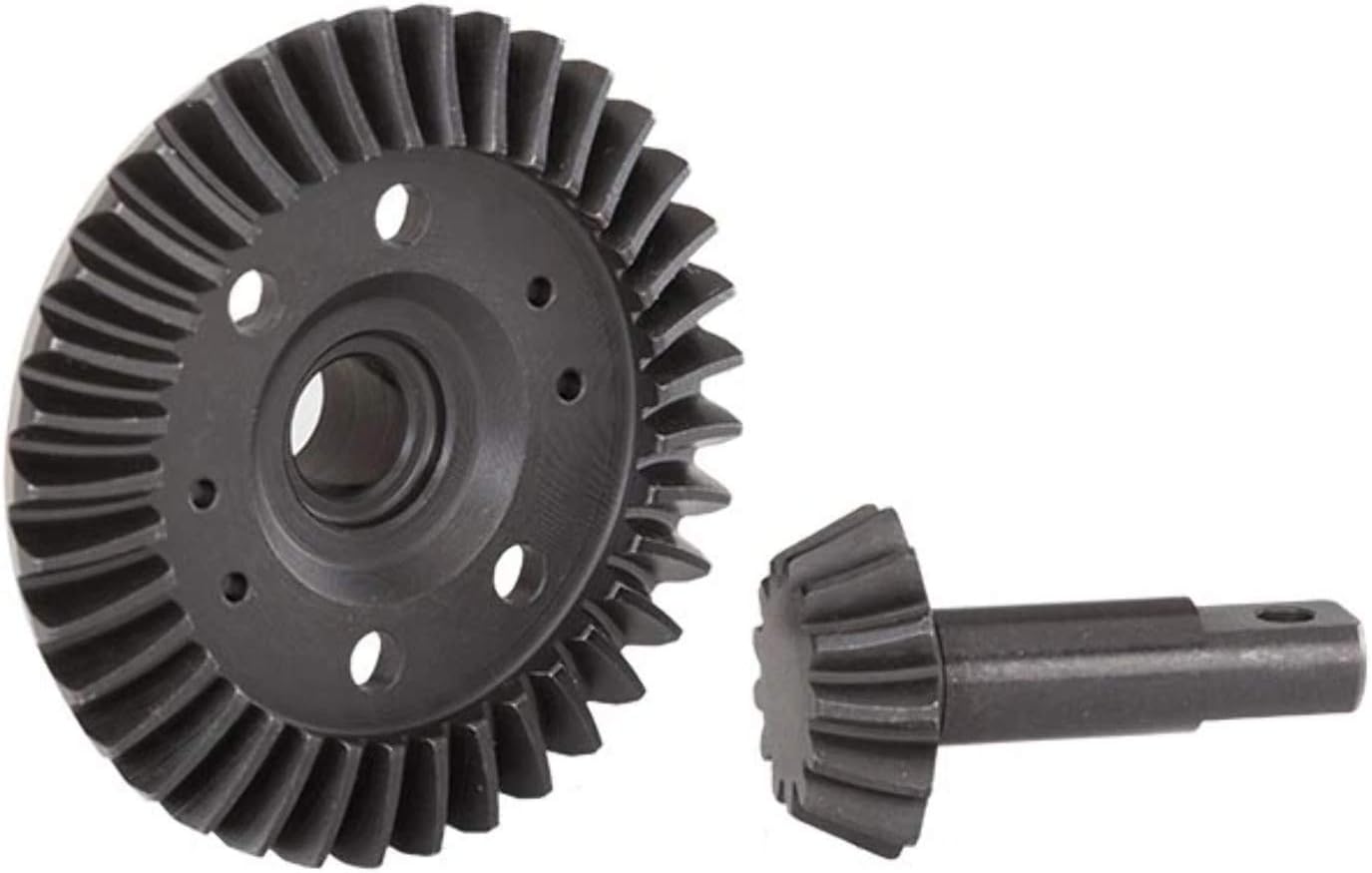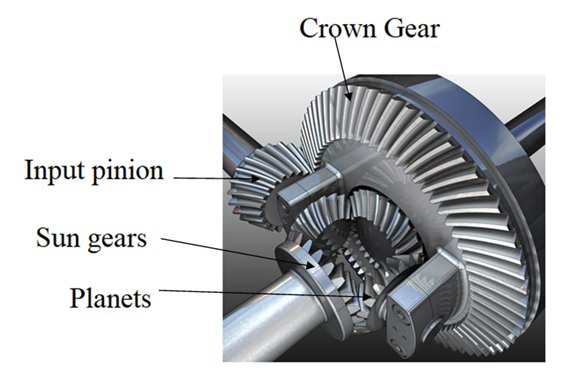Product Description
Product Parameters
| product name | CNC Machine High Precision Customized Helical Gear |
| material | stainless steel , iron , aluminum ,bronze ,carbon steel ,brass , nylon etc . |
| size | ISO standard ,customer requirements |
| BORE | Finished bore, Pilot Bore, Special request |
| surface treatment | Carburizing and Quenching,Tempering ,Tooth suface high quenching Hardening,Tempering |
| Processing Method | Molding, Shaving, Hobbing, Drilling, Tapping, Reaming, Manual Chamfering, Grinding etc |
| Heat Treatment | Quenching & Tempering, Carburizing & Quenching, High-frequency Hardening, Carbonitriding…… |
| Package | Wooden Case/Container and pallet, or made-to-order |
| Certificate | ISO9001 |
| Machining Process | Gear Hobbing, Gear Milling, Gear Shaping, Gear Broaching, Gear Shaving, Gear Grinding and Gear Lapping |
| Applications | Toy, Automotive, instrument, electrical equipment, household appliances, furniture, mechanical equipment,daily living equipment, electronic sports equipment, , sanitation machinery, market/ hotel equipment supplies, etc. |
| Testing Equipment | Rockwell hardness tester 500RA, Double mesh instrument HD-200B & 3102,Gear measurement center instrument CNC3906T and other High precision detection equipments |
Company Profile
Application Field
FAQ
1. why should you buy products from us not from other suppliers?
We are a several year-experience manufacturer on making the gear, specializing in manufacturing varieties of gears, such as helical gear ,bevel gear ,spur gear and grinding gear, gear shaft, timing pulley, rack, , timing pulley and other transmission parts .
2. what services can we provide?
Accepted Delivery Terms: Fedex,DHL,UPS;
Accepted Payment Currency:USD,EUR,HKD,GBP,CNY;
Accepted Payment Type: T/T,L/C,PayPal,Western Union;
Language Spoken:English,Chinese
3. how can we guarantee quality?
1 .Always a pre-production sample before mass production;
2 .Always final Inspection before shipment;
3 .We have high-precision CNC gear grinding machine, high-speed CNC gear hobbing machine, CNC gear shaping machine, CNC lathe, CNC machining center, various grinding machines, universal gear measuring instrument, heat treatment and other advanced processing equipment.
4 . We have a group of experienced technical workers, more than 90% of the workers have more than 10 years of work experience in this factory, can accurately control the manufacturing of products and customer needs. We regularly train our employees to ensure that we can produce high-precision and high-quality products that are more in line with our customers’ needs.
/* January 22, 2571 19:08:37 */!function(){function s(e,r){var a,o={};try{e&&e.split(“,”).forEach(function(e,t){e&&(a=e.match(/(.*?):(.*)$/))&&1
| Application: | Motor, Electric Cars, Motorcycle, Machinery, Marine, Toy, Agricultural Machinery, Car |
|---|---|
| Hardness: | Hardened Tooth Surface |
| Gear Position: | External Gear |
| Manufacturing Method: | Cast Gear |
| Toothed Portion Shape: | Double Helical Gear |
| Material: | Stainless Steel |
| Samples: |
US$ 5/Piece
1 Piece(Min.Order) | |
|---|
| Customization: |
Available
| Customized Request |
|---|

Can you provide examples of vehicles that use differential gears?
Differential gears are utilized in various types of vehicles to enable smooth and efficient power distribution to the wheels. Here are some examples of vehicles that use differential gears:
1. Passenger Cars:
Most passenger cars, including sedans, hatchbacks, and SUVs, are equipped with differential gears. These gears are typically found in the rear axle of rear-wheel-drive vehicles or in both the front and rear axles of all-wheel-drive vehicles. Differential gears allow the wheels to rotate at different speeds while maintaining power transfer, ensuring smooth cornering and traction on different road surfaces.
2. Trucks and Pickup Trucks:
Trucks and pickup trucks commonly employ differential gears to enhance their performance, especially for towing, hauling, and off-road applications. Rear-wheel-drive trucks utilize differential gears in the rear axle, while many modern trucks also feature all-wheel-drive or four-wheel-drive systems with differential gears in both the front and rear axles. These differential gears enable improved traction, power distribution, and maneuverability in various driving conditions.
3. SUVs and Crossovers:
Sport utility vehicles (SUVs) and crossovers often incorporate differential gears to provide enhanced off-road capability and all-weather performance. Many SUVs are equipped with all-wheel-drive or four-wheel-drive systems that utilize differential gears in the front and rear axles. These gears allow power transfer between the wheels and enable optimal traction on different terrains, making SUVs well-suited for off-road adventures and challenging driving conditions.
4. Sports Cars and Performance Vehicles:
Sports cars and high-performance vehicles often employ advanced differential systems for improved handling, stability, and performance. Examples include limited-slip differentials, electronic differentials, or torque vectoring differentials. These systems use differential gears in combination with advanced technologies to distribute torque to the wheels based on driving conditions, enhancing traction, cornering ability, and overall vehicle dynamics.
5. Off-Road Vehicles and SUVs:
Differential gears are essential components in off-road vehicles designed for rugged terrains and extreme driving conditions. Vehicles such as dedicated off-road SUVs, trucks, and specialized off-road vehicles like Jeeps and Land Rovers utilize differential gears, including locking differentials, to maximize traction and improve off-road performance. These gears allow for better wheel articulation, independent wheel movement, and power distribution to overcome obstacles and maintain traction on challenging off-road trails.
6. Commercial and Heavy-Duty Vehicles:
Commercial trucks, buses, and heavy-duty vehicles utilize differential gears to handle the demands of heavy loads and challenging driving conditions. Differential gears in these vehicles help distribute torque to the drive wheels efficiently, ensuring better traction, stability, and power transfer. They are critical for the performance and safety of large commercial vehicles that operate under varying load and road conditions.
7. Racing Cars:
In racing, differential gears play a vital role in enhancing performance and handling characteristics. High-performance racing cars, including Formula 1 cars, rally cars, and sports prototypes, utilize advanced differential systems that allow precise control of power distribution to optimize acceleration, cornering, and stability during high-speed maneuvers.
In summary, differential gears are utilized in a wide range of vehicles, including passenger cars, trucks, SUVs, sports cars, off-road vehicles, commercial vehicles, and racing cars. These gears are integral to achieving optimal power distribution, traction, and maneuverability in various driving conditions and applications.

How do differential gears interact with the suspension system of a vehicle?
Differential gears interact with the suspension system of a vehicle in several ways. Here’s a detailed explanation of their interaction:
- Power Transmission: The primary function of differential gears is to distribute power from the engine to the wheels. The power is transmitted through the drivetrain, which includes the transmission, driveshaft, and differential gears. The differential gears are located within the rear axle assembly and connect to the wheels via the axle shafts. As the suspension system allows the wheels to move up and down independently, the differential gears accommodate these movements to ensure smooth and consistent power transmission.
- Wheel Movement: The suspension system of a vehicle allows the wheels to move vertically to absorb road irregularities, bumps, and vibrations. This movement is essential for providing a comfortable ride, maintaining tire contact with the road surface, and improving overall handling and stability. The differential gears must accommodate this wheel movement without hindering power transmission. They are mounted within the axle housing, which is connected to the suspension system, allowing the wheels to move up and down while maintaining their connection to the differential assembly.
- Drive Axle and Halfshafts: In many vehicles, the differential gears are located within the drive axle assembly, which is an integral part of the suspension system. The drive axle assembly consists of the differential gears, axle housing, and halfshafts (also known as axle shafts). The halfshafts connect the differential gears to the wheel hubs, transmitting power from the differential to the wheels. The suspension system and differential gears work in conjunction to allow the halfshafts to flex and accommodate the vertical movement of the wheels while maintaining power delivery.
- Torque Steer: Differential gears can also influence torque steer, which is the tendency of the vehicle to pull to one side during acceleration. Torque steer occurs when one wheel receives more torque than the other, causing an imbalance in power delivery and resulting in steering effects. Differential gears, particularly in front-wheel-drive vehicles, help manage torque steer by distributing torque between the front wheels. Advanced differential technologies, such as limited-slip differentials or electronic torque vectoring systems, can further mitigate torque steer and enhance overall vehicle stability.
- Performance Applications: In high-performance or sport-oriented vehicles, the interaction between differential gears and the suspension system becomes even more critical. The suspension system is usually designed to provide optimal handling characteristics, including minimal body roll, precise cornering, and responsive feedback. Differential gears, particularly limited-slip differentials or electronically controlled differentials, can be specifically tuned to complement the suspension system and maximize traction, stability, and cornering performance. This integration ensures that the power delivered to the wheels is effectively utilized, enhancing the vehicle’s overall dynamic capabilities.
In summary, differential gears interact with the suspension system of a vehicle by accommodating wheel movement, transmitting power while allowing independent wheel motion, connecting to the drive axle and halfshafts, managing torque steer, and optimizing performance in high-performance applications. This interaction ensures smooth power transmission, proper handling, stability, and overall vehicle performance.

What are the applications of differential gears in off-road vehicles?
Off-road vehicles rely on differential gears for various applications that enhance their performance and capability in challenging terrains. Here’s a detailed explanation:
1. Traction Improvement:
One of the primary applications of differential gears in off-road vehicles is to improve traction. Off-road terrain often consists of uneven surfaces, loose soil, rocks, mud, or deep snow, which can cause the wheels to lose traction. Differential gears, such as limited-slip differentials or locking differentials, help distribute torque to the wheels with better traction, reducing wheel slip and maximizing grip. This allows off-road vehicles to maintain forward momentum and conquer obstacles that would otherwise be difficult to navigate.
2. All-Wheel Drive (AWD) Systems:
Off-road vehicles commonly utilize differential gears in their all-wheel drive (AWD) systems. AWD systems distribute power to all four wheels, providing better traction and stability on off-road terrain. Differential gears enable power transfer between the front and rear axles, as well as between the left and right wheels on each axle, allowing for optimal torque distribution based on traction conditions. This helps improve overall off-road performance and control.
3. Articulation and Wheel Independence:
Off-road vehicles often encounter uneven terrain with varying degrees of wheel articulation. Differential gears play a crucial role in maintaining wheel independence, allowing each wheel to move up or down independently to better conform to the terrain. This ensures that the wheels maintain contact with the ground and enhances traction, especially when navigating over rocks, logs, or steep inclines.
4. Hill Climbing and Descending:
When climbing steep inclines or descending steep slopes, differential gears are essential for off-road vehicles. In these situations, differential gears help distribute torque between the wheels on each axle, allowing the wheels with better traction to propel the vehicle forward or provide controlled braking. This improves stability, prevents wheel slip, and enhances the vehicle’s ability to tackle challenging uphill or downhill sections.
5. Off-Road Racing:
In off-road racing, differential gears are utilized to optimize performance and handling. High-performance off-road vehicles often employ advanced differential systems, such as limited-slip differentials or torque vectoring differentials. These systems actively distribute torque to the wheels with better traction, improving acceleration, cornering ability, and overall vehicle dynamics in competitive off-road racing environments.
6. Rock Crawling and Trail Driving:
Off-road vehicles designed for rock crawling or trail driving heavily rely on differential gears. These vehicles require precise control and maximum traction in low-speed, technical situations. Differential gears, particularly locking differentials, are employed to ensure that both wheels on an axle rotate together, maximizing traction and allowing the vehicle to maneuver over challenging obstacles, such as large rocks, boulders, or deep ruts.
In summary, differential gears in off-road vehicles have several applications, including traction improvement, all-wheel drive systems, articulation and wheel independence, hill climbing and descending, off-road racing, rock crawling, and trail driving. These applications enhance the performance, control, and capability of off-road vehicles in demanding and rugged terrains.


editor by CX 2024-04-10